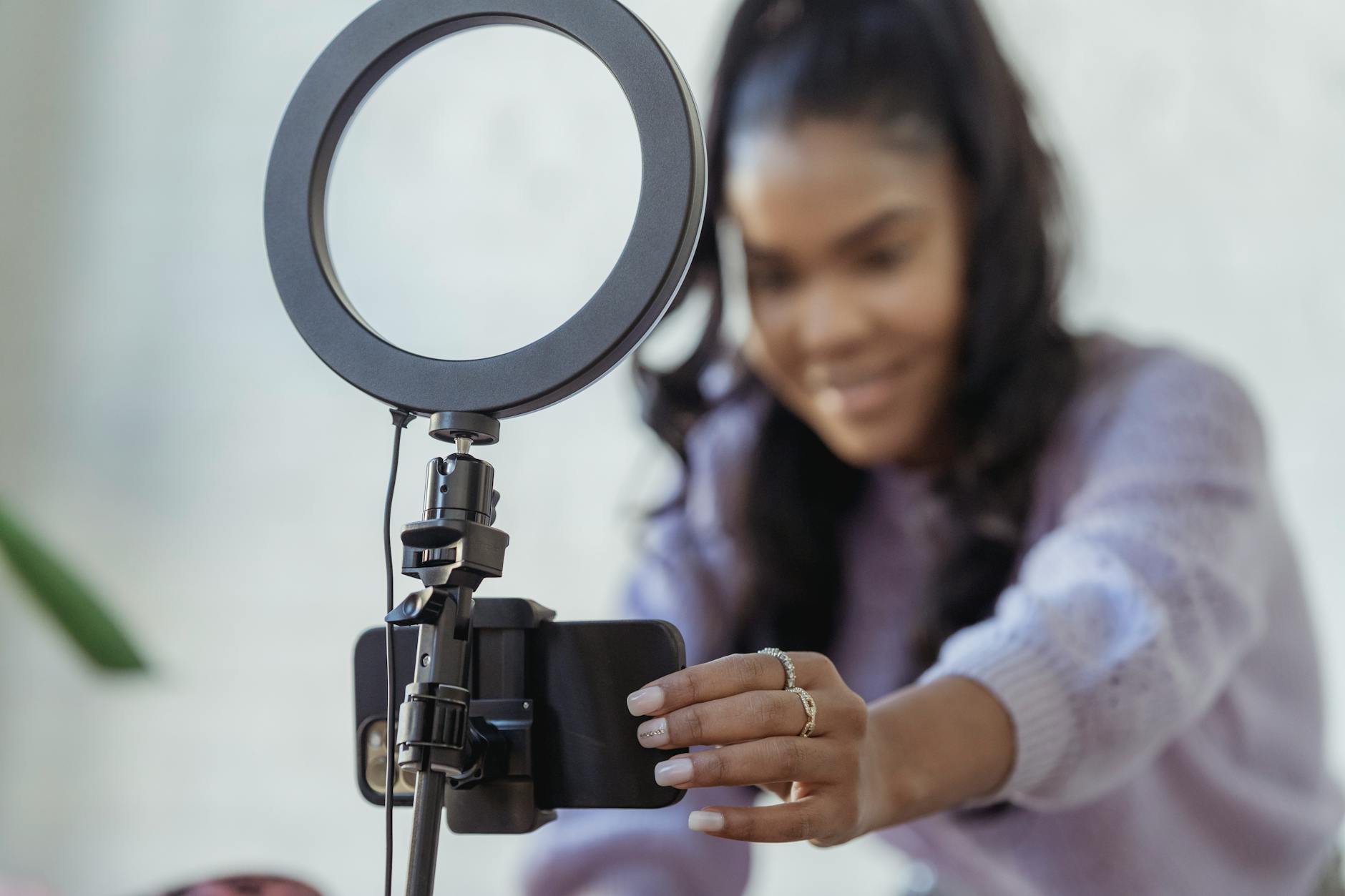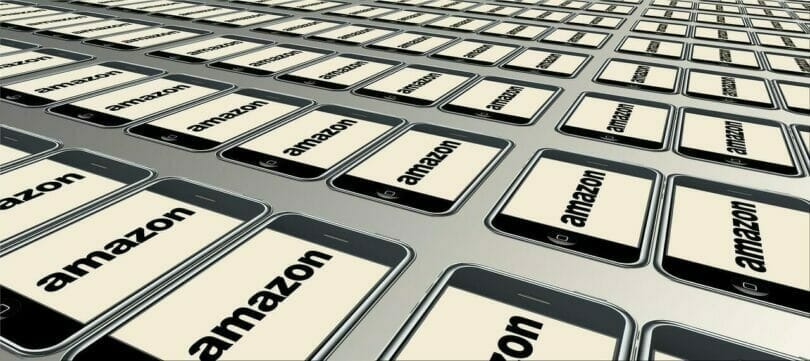The Rise Of The Influencer Economy
Introduction
The influencer economy is a term that describes the growing trend of social media users using their platforms to generate income. In recent years, there has been a significant increase in the number of people who can make a living through social media. This is largely because platforms like Instagram and YouTube have become extremely popular, allowing users to reach a large audience relatively easily.
There are many benefits to the influencer economy. For one, it provides individuals with an opportunity to make money doing something that they enjoy. Additionally, it allows people to connect with others with similar interests. Finally, the influencer economy also allows businesses to reach a wider audience than they would be able to through traditional marketing channels.
However, there are also some risks associated with the influencer economy. For example, some people have expressed concerns about the authenticity of content produced by social media influencers. Additionally, there is always the potential for businesses to waste money on influencer marketing campaigns that do not produce results.
Overall, the influencer economy will likely continue to grow in popularity. This is because social media platforms offer users a unique opportunity to connect with others and make money.

1. What is an influencer?
An influencer is somebody who can influence the purchasing decisions of others. This could be because they have many followers on social media or because they are considered experts in their field.
There are many different types of influencers, from celebrities to everyday people. And there are different levels of influence, from those with a few hundred followers to those with millions. The rise of the influencer economy has been driven by two things: the growth of social media and the increase in advertising spending by brands. Social media platforms like Instagram, YouTube, and Snapchat have given rise to a new breed of celebrity: the social media influencer.
These people have built up large followings by posting interesting or entertaining content. And because they have such a large audience, brands are willing to pay them to promote their products. According to one estimate, influencer marketing will be worth $15 billion by 2022. That’s a lot of money, and it’s no surprise everyone from small businesses to multinational corporations is trying to get in on the action. But while influencer marketing can be extremely effective, it’s not without risks.
The most obvious risk is that you could end up paying an influencer who doesn’t deliver results. This is why it’s important to choose your influencers carefully and ensure they align with your brand values. Another risk is that you could damage your brand if an influencer says or does something contrary to your brand values.
This is why it’s important to have a contract that stipulates what an influencer can and can’t do. Finally, there is the risk that social media platforms could change their algorithms to decrease influencers’ reach. This is why it’s important to diversify your marketing efforts and not put all your eggs in one basket. Despite these risks, influencer marketing is here to stay. And for brands that use it wisely, it can be an extremely effective way to reach new customers and grow their business.

2. What Is The Influencer Economy?
The rise of social media has given rise to a new phenomenon – the influencer economy. Influencers are people who have amassed a large number of followers on social media platforms such as Instagram, YouTube and Snapchat.
These followers typically engage with the influencer’s content and may purchase products or services the influencer recommends. The influencer economy has grown rapidly in recent years as brands have increasingly looked to tap into the power of social media influencers. Influencers can reach many people with relative ease, and their endorsements can carry a lot of weight. For brands, working with influencers can be a cost-effective way to reach new audiences and promote their products or services.
There are some risks associated with the influencer economy, however. Some influencers have been known to mislead their followers or promote products without disclosing their paid relationships with brands. Additionally, because influencers often rely on social media platforms to reach their audiences, they can risk having their accounts suspended or shut down if they violate the platform’s terms of service. Overall, the influencer economy is here to stay. While some risks are associated with it, there are also many benefits for both brands and consumers.

3. How has the influencer economy grown
The rise of the influencer economy can be attributed to several factors, including the popularity of social media platforms, the ease of content creation, the change in the way people consume media, and the willingness to pay for exclusive content.

4. The Benefits Of The Influencer Economy
The rise of the influencer economy has brought with it several benefits.
First, influencers have helped to democratize the fashion industry. In the past, fashion was largely controlled by a small group of elite designers, stylists, and editors. But now, thanks to social media, anyone with a great sense of style can become an influencer. This has led to a more diverse range of voices and styles in the fashion world.
Second, influencers have made fashion more accessible to people worldwide. In the past, it was hard to keep up with the latest trends if you lived in a small town or a rural area. But now, thanks to social media, you can follow your favourite influencers and get instant access to the latest fashion trends.
Third, influencers have helped create new business opportunities in the fashion industry. In the past, businesses would have to spend a lot of money on advertising to reach potential customers. But now, thanks to social media, businesses can reach their target audiences for a fraction of the cost by partnering with influencers.
Fourth, influencers have helped to increase transparency in the fashion industry. In the past, it was often difficult to tell whether a product was ethically produced. But now, thanks to social media, influencers are often very transparent about the products they use and endorse. This has made it easier for consumers to make informed choices about the products they purchase.
Overall, there are many benefits to the rise of the influencer economy. Thanks to social media, influencers have helped to democratize the fashion industry, make it more accessible to people all over the world, create new opportunities for businesses in the fashion industry, and increase transparency in the fashion industry.

5. The Risks Of The Influencer Economy
Influencer marketing is when social media users are paid to promote products or services. While it can be effective, some risks are associated with this type of marketing. For example, followers may not always be genuine. Some influencers have been known to use bots to inflate their numbers. This can lead to brands paying for promotion to a larger audience than exists.
Even if an influencer has a large and engaged following, there is no guarantee that their followers will take any action after seeing a promoted post. Most people scroll past sponsored content without giving it a second thought. Influencers can also lose their influence rapidly.
A scandal, change in platform algorithm, or simply falling out of favour with the public can all lead to a sharp decline in an influencer’s reach and engagement. This can leave brands that have invested heavily in influencer marketing campaigns out of pocket. Finally, influencer marketing is unregulated.
There are no specific laws or guidelines governing the industry, meaning that brands must be careful who they partner with. Influencers may not disclose their relationships with brands properly, or they may make claims about products that are not true. This can damage a brand’s reputation and result in legal action.

6. The future of the influencer economy
As the world increasingly moves online, the role of influencers will only become more important. With their large social media followings, influencers can reach a vast audience and generate a significant buzz around products and brands. While traditional advertising is still important, influencer marketing is quickly becoming one of the most effective ways to reach consumers.
In fact, according to a recent study, nearly 60% of millennials say they are more likely to purchase a product if an influencer has recommended it. As the influencer economy continues to grow, there are a few key trends that businesses need to be aware of. First, micro-influencers are on the rise. These are influencers with a smaller following (usually under 10,000) who are highly engaged with their audience.
Because they have a more intimate relationship with their followers, they tend to be more trusted and can often generate just as much buzz as larger influencers. Second, brands are focusing on quality over quantity regarding influencer partnerships.
In the past, some companies would partner with any influencer who had a large enough following, regardless of whether their audience was relevant to the brand. But now, businesses are much more selective about who they partner with, choosing influencers with an engaged following relevant to their products or services. Finally, as the industry continues to grow, we can expect to see more regulations come into place.

The Federal Trade Commission (FTC) has already established some guidelines for influencers. Still, as the industry grows, we can expect to see even stricter regulations around disclosure and paid endorsements. Overall, the future of the influencer economy looks bright. As long as businesses are strategic about their partnerships and transparent about their relationships with influencers, they can reap some serious benefits from this growing industry.
Conclusion
The influencer economy is a rapidly growing industry with many benefits and risks. Influencers are social media users with a large following who can promote products or services to their followers. The influencer economy has grown due to social media’s rise and word-of-mouth marketing’s increasing importance. The influencer economy’s benefits include reaching a large audience, increased trustworthiness, and improved brand awareness. The risks of the influencer economy include the potential for fraud, negative publicity, and decreased sales. Despite the risks, the influencer economy is expected to continue to grow.



